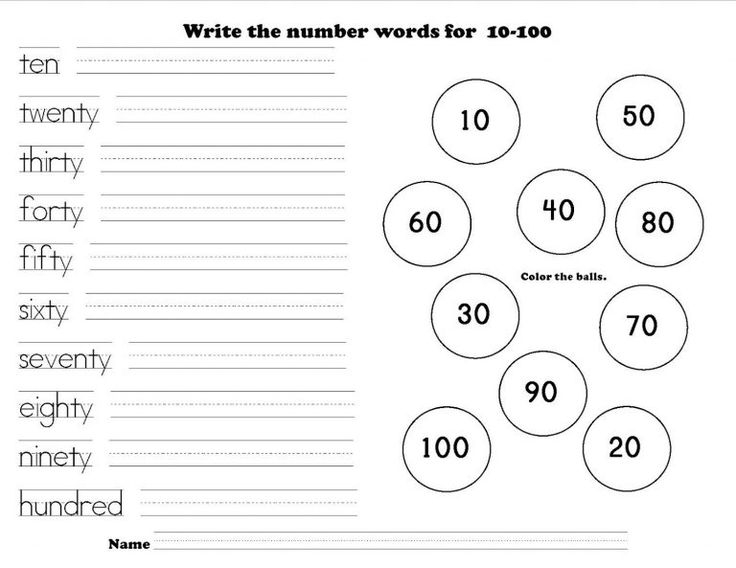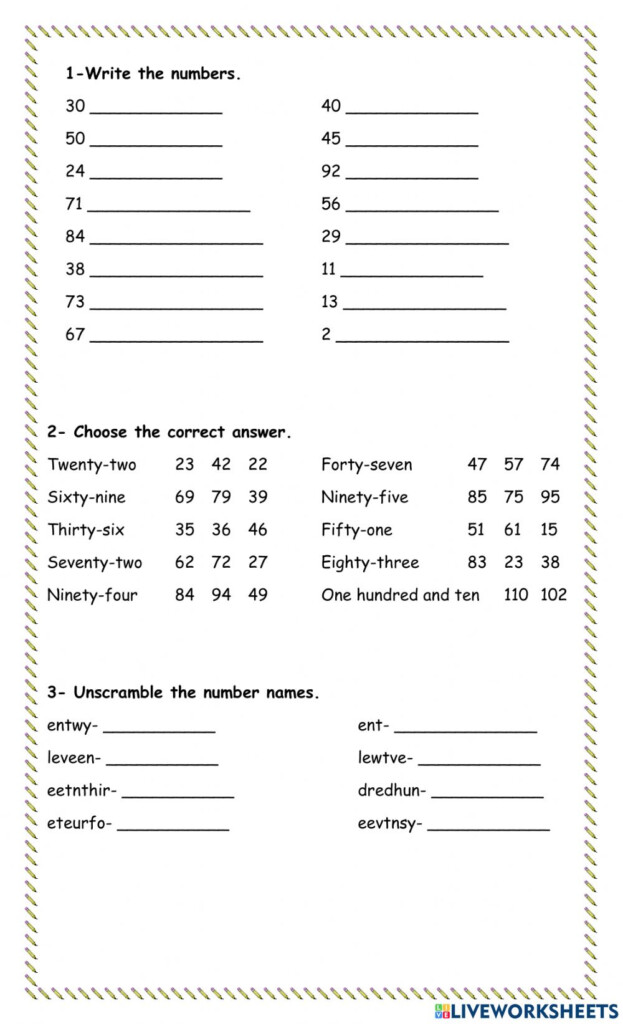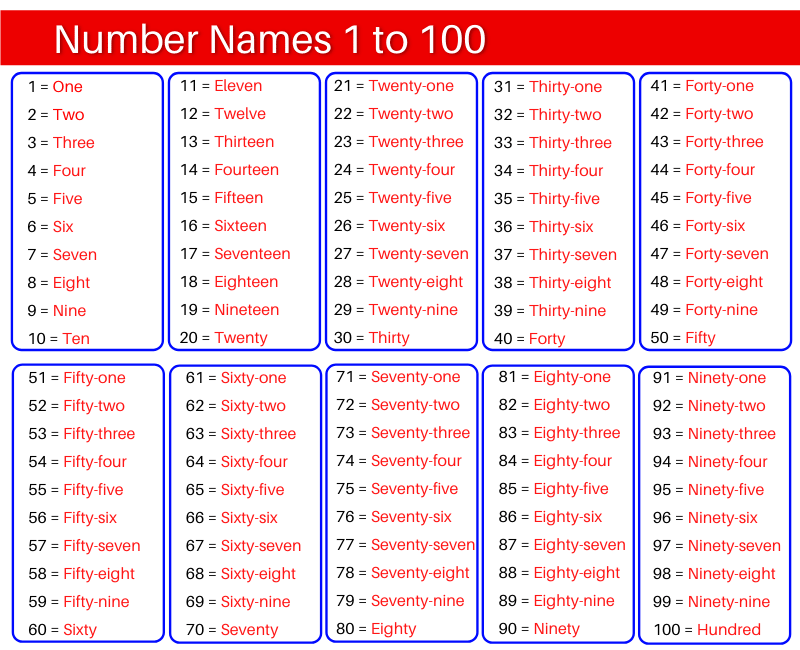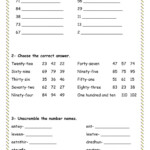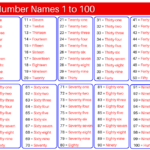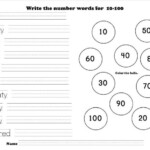Caps And Spelling Numbers – Although it can be difficult to learn how to spell numbers however, it’s not impossible. However, learning to spell could be made easier by using the right tools. There are many resources available that can help you with spelling. These tools include strategies and tips, workbooks, as well as online games.
The format of the Associated Press
You should be able to write numbers using the AP style if you write for newspapers or other print media. The AP style will guide you on how to spell numbers as well as other information to make your writing easier.
The Associated Press Stylebook was first published in 1953. Since the time, hundreds of modifications have been made. The stylebook is now entering its 55th anniversary. A majority of American periodicals, newspapers as well as online news sources all make use of this book.
A collection of punctuation and language guidelines known as AP Style are frequently applied in journalism. Use of capitalization, dates and times as well as citations are some of the most important AP Style best practices.
Regular numbers
An ordinal is a number that uniquely indicates a specific place in a list or sequence. These numbers are used frequently to show the size, significance or the speed of time. They also reveal how long it took.
Based on the context and the way it is utilized, ordinary numbers can be written verbally as well as numerically. The unique suffix is what makes the difference between them.
To make an ordinal number, add the “th” to the end of. For instance 31 is an ordinal number.
Ordinals can be used for a variety of reasons, including names and dates. It is equally important to differentiate between an ordinal and a cardinal.
Millions and trillions
Numerology can be used in a variety of instances, such as the stock market, geology and the past of the world. Examples include millions and billions. A million is a natural number that occurs prior to 1,000,001, while a billion comes after 999,999,999.
In millions is the annual income of an organization. They can also be used to calculate the worth of a fund, stock, or piece money. Billions can also be used to gauge a company’s market capitalization. A calculator for unit conversion will help you determine the accuracy and reliability of your estimations.
Fractions
Fractions can be used in English to refer to individual items or parts of numbers. The denominator and the numerator are separated into two parts. The denominator shows the number of pieces of similar size were collected. The numerator reveals the number of pieces that were broken down into.
Fractions can be expressed mathematically as well as in words. It is important to spell the fractions correctly when writing in words. This can be tricky especially when you need to make use of multiple hyphens.
There are a few basic rules to follow when you want to write fractions in words. You can start sentences by writing the numbers in complete. It is also possible to write fractions in decimal format.
Years
It’s likely that you are likely to spend a long time spelling out numbers, whether it’s for an essay, thesis, or even an email. A few tricks and suggestions will help you avoid writing the exact number repeatedly.
When writing in formal style, numbers must be written down. There are numerous style manuals which provide various guidelines. According to the Chicago Manual of Style (or Chicago Manual of Style) the best way to write numbers is between 1 and 100. But, it’s not advised to use numbers that are larger than 401.
Of course, exceptions exist. The American Psychological Association’s (APA) style guide is among them. Although it’s not a specialist publication, it’s used frequently in scientific writing.
Date and hour
The Associated Press style guide provides some guidelines on styling numbers. The numbers 10 and higher can be used with the numerals system. Numerology may also be used at other places. The general rule for the first five numbers in your paper is to write “n-mandated”. There are some exceptions.
Both the Chicago Manual of Technique (above) and the AP Stylebook (below) advise that numbers be plentiful. It’s not to suggest that a version without numbers is not possible obviously. I’m an AP graduate and can verify that there is a distinction.
You should always consult an instructional manual to identify which styles aren’t present. For instance, you should be certain to not overlook the “t” for instance, like “time”
